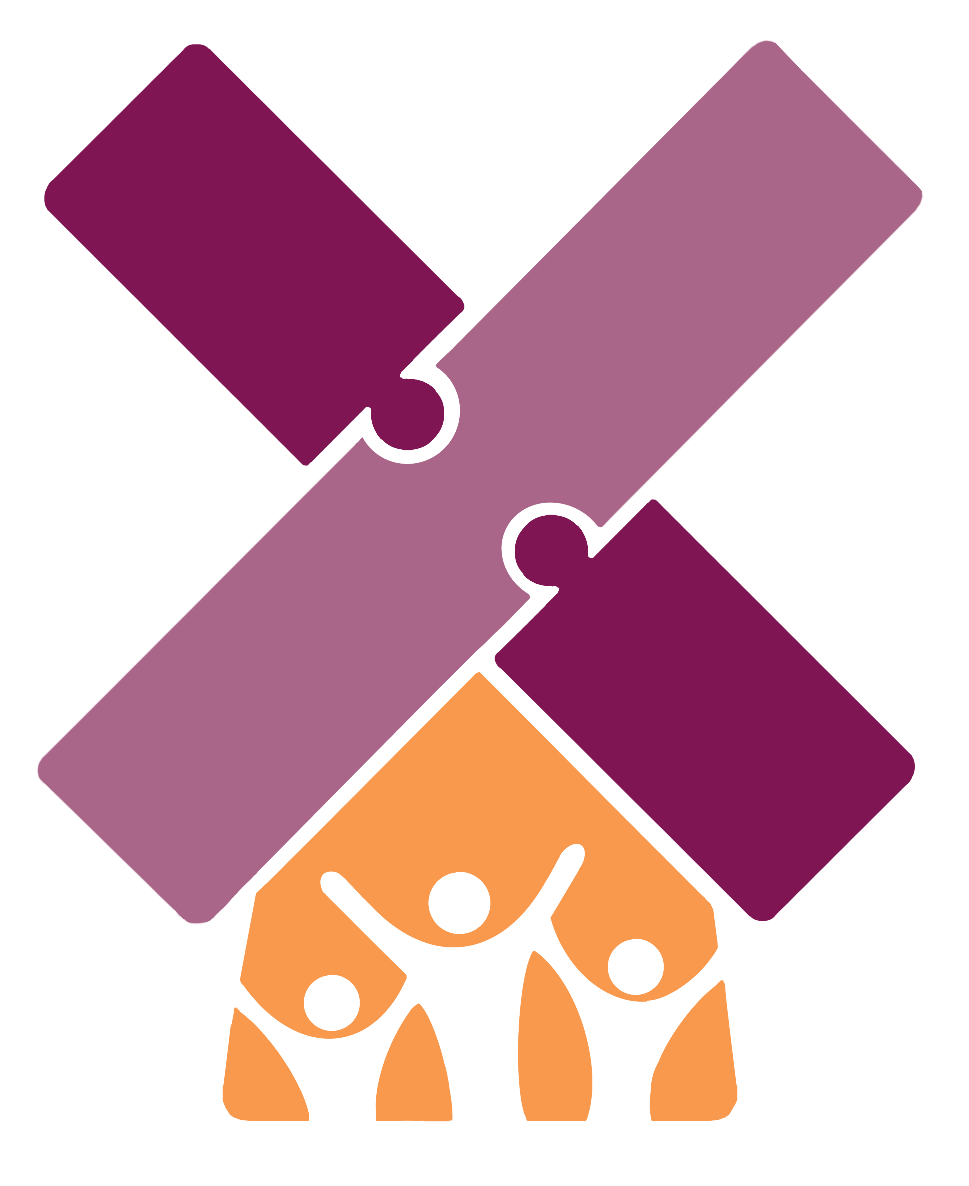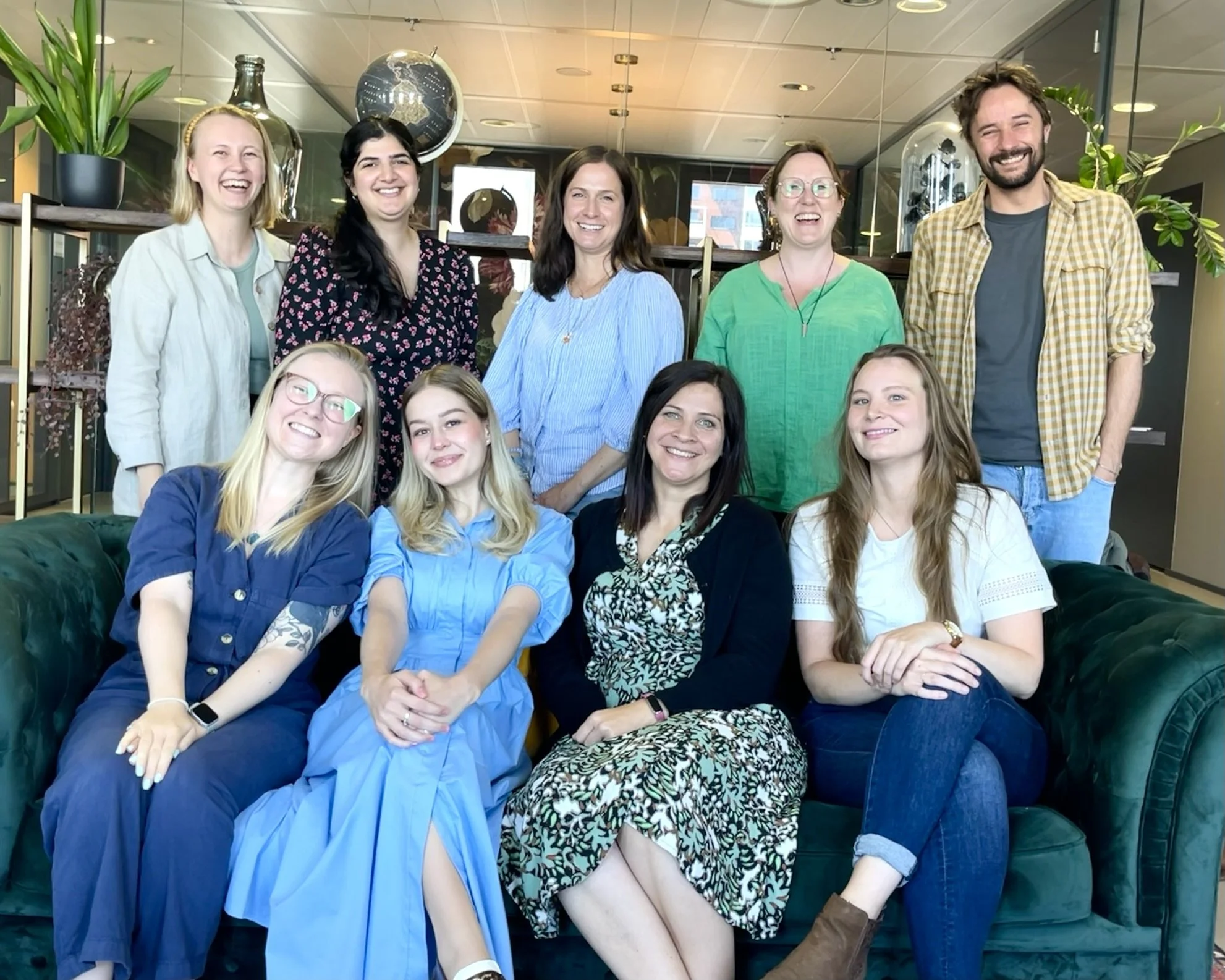EKC Roundtable: But What is it Actually? A Bit About Neurodiversity
The words “neurodiversity” or “neurodivergent” are slowly making their way into the common vocabulary we encounter online or in everyday conversations. It’s not that strange, since according to recent estimates, around 15-20% of people worldwide are neurodivergent - that’s up to one fifth of the population! At EKC, we often find ourselves using these terms in conversations with our clients and their families to share our understanding of some of the challenges they are experiencing. We felt it would be a valuable topic to bring to this month’s roundtable, as a reminder of how many different perspectives exist, even among therapists, about the concept of neurodiversity.
The idea behind neurodiversity is that each person’s brain develops in a unique way, which is why there is no such thing as a normal ability for a person to have or to lack. That being said, when we compare different paths of brain development, we find that the majority follow a somewhat similar trajectory - this is what we refer to as being neurotypical. Neurotypical people generally find it easy to fit in with their peers and family, follow social norms, are not overly sensitive to experiences coming from their senses, and usually don’t consistently struggle with focus or attention. The opposite of neurotypicality is neurodivergence. This term describes people who process and experience their environment or interactions in a way distinctly different from most of those around them. This can refer to aspects of social contact, communication (e.g., difficulty understanding ambiguous language), sensory processing, or executive functions (e.g., attention). Some of the conditions included under the umbrella of neurodivergence are Autism Spectrum Disorder (ASD), Attention Deficit Hyperactivity Disorder (ADHD), various learning differences (e.g., dyslexia), Tourette’s syndrome, and many others.
…but neurodiversity can mean many things!
While it is useful to explore the formal definition, the spirit of neurodiversity goes far beyond it. According to EKC psychologist Adam Németh, it captures the true variety of the world, showing us the vast diversity of perceptions, experiences, and communication styles that are a part of being human. He also views it as a testament to the growth and development of our society - thanks to the presence of different thinking styles, we are able to understand and collaboratively solve more problems.
When discussing neurodivergence specifically, EKC founder Kate Berger finds it important to appreciate that some brains are simply wired differently, meaning that they come with unique strengths in certain areas, and specific challenges in others. Jackie Marsh, our play therapist, adds that one of the most crucial things to understand is that neurodivergence is not something that we should be looking to fix or solve. While we know that functioning in a neurotypical world can be difficult for each person with a neurodivergent brain, trying to change them or encouraging them to mask who they are is not the way to go.
Why is it useful to understand neurodiversity?
In short, it helps us understand the world and the people around us with more depth, empathy, and compassion. As viewed by Jamie Rhiannon Fehribach, EKC’s clinical supervisor, remaining mindful of neurodiversity can help us grasp the why in situations and give us clues on how we might be able to help others with the difficulties they are experiencing. Kate notices that many clients show up struggling with different aspects of their daily life, sometimes only because their way of thinking, being, and perceiving is not well-understood. She believes that spending time on uncovering these is essential for each person, especially in the case of our TCK clients. This is because the life of a neurodivergent third culture kid comes not only with layers of cultural, but also neurological experiences, which we can only truly address with individualised support built on openness and connection. In this sense, understanding neurodiversity allows us to stay curious and accepting towards unique ways each TCK may be coping with transitions and high mobility, and meet them where they are at.
Although this holds true for therapists supporting their clients, thinking in terms of neurodiversity can also be incredibly useful for every person in their daily interactions with friends and loved ones. Adam observes that when we assume that everyone around us perceives the world in the same way we do, we will inevitably arrive at misunderstandings, misreading each other’s behavior. For example, someone who is very sensitive to sensory input, such as noise, may react to being in a mall by struggling to remain composed, asking to leave, using ear protection such as headphones, etc. If that person’s neurotypical friends are not aware of neurodiversity, they may respond by invalidating or ignoring the experience, since they will likely not find that the noise is bothering them.
How can seeing ourselves as neurodiverse make our lives better?
Recognising and celebrating neurodiversity grows our curiosity, empathy, and brings us closer to the people around us. To Jamie, recognising that each person has a unique neurotype helps to lessen the stigma, since differences become a normal thing. Kate believes that viewing the world as neurodiverse connects us with others in an empathetic and deeply human way. She adds that kids and teens living expat lifestyles may find that embracing the idea helps them find deep appreciation for their complex cultural and personal identities.
Adam considers accepting neurodiversity as a necessary part of accepting ourselves. By recognising that all people have unique strengths and challenges, we find more compassion towards our own small failings. Suddenly, the task we are always struggling with becomes re-framed as something that we simply find difficult, rather than proof that we are lazy and incapable. We feel more at ease being authentic and honest, and we surround ourselves with people who notice the value in our way of being.
How can I support a neurodivergent loved one?
First of all, simply being sensitive and aware that there are many neurotypes is already a great step. Often, when we start learning more about neurodiversity, we find ourselves re-examining our ways of thinking. As framed by Kate, we have to push past the instinct to judge anything that we consider different. It is certainly not easy, since we are wired to prefer what is known and distrust the new, but understanding that neurodivergent ways of being are not wrong can help us shift towards a more open mindset.
Another helpful hint was brought up by Jamie. Because neurodivergent brains process information differently, it is important to be conscious of the way we communicate. Using clear and direct language (e.g., “Could you text me when you arrive home?”, rather than “It would be nice if you texted me when you're home.”), offering examples and giving time to process information are very important for empathetic and respectful dialogue. Although it might feel as though we are being a bit blunt, there is a good chance this will be appreciated and received well.
Adam believes that it can be very valuable to take a closer look at the biases and presumptions we may be carrying with us and try to replace them with curiosity for learning about our neurodivergent loved ones. Even when we struggle to fully understand their perceptions and experiences (after all, neurotypical and neurodivergent brains do not work the same), we can still make them feel loved, not in spite of the differences but precisely because of them.
Showing up with compassion and acceptance is really the key!

